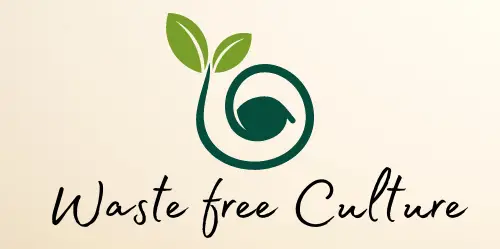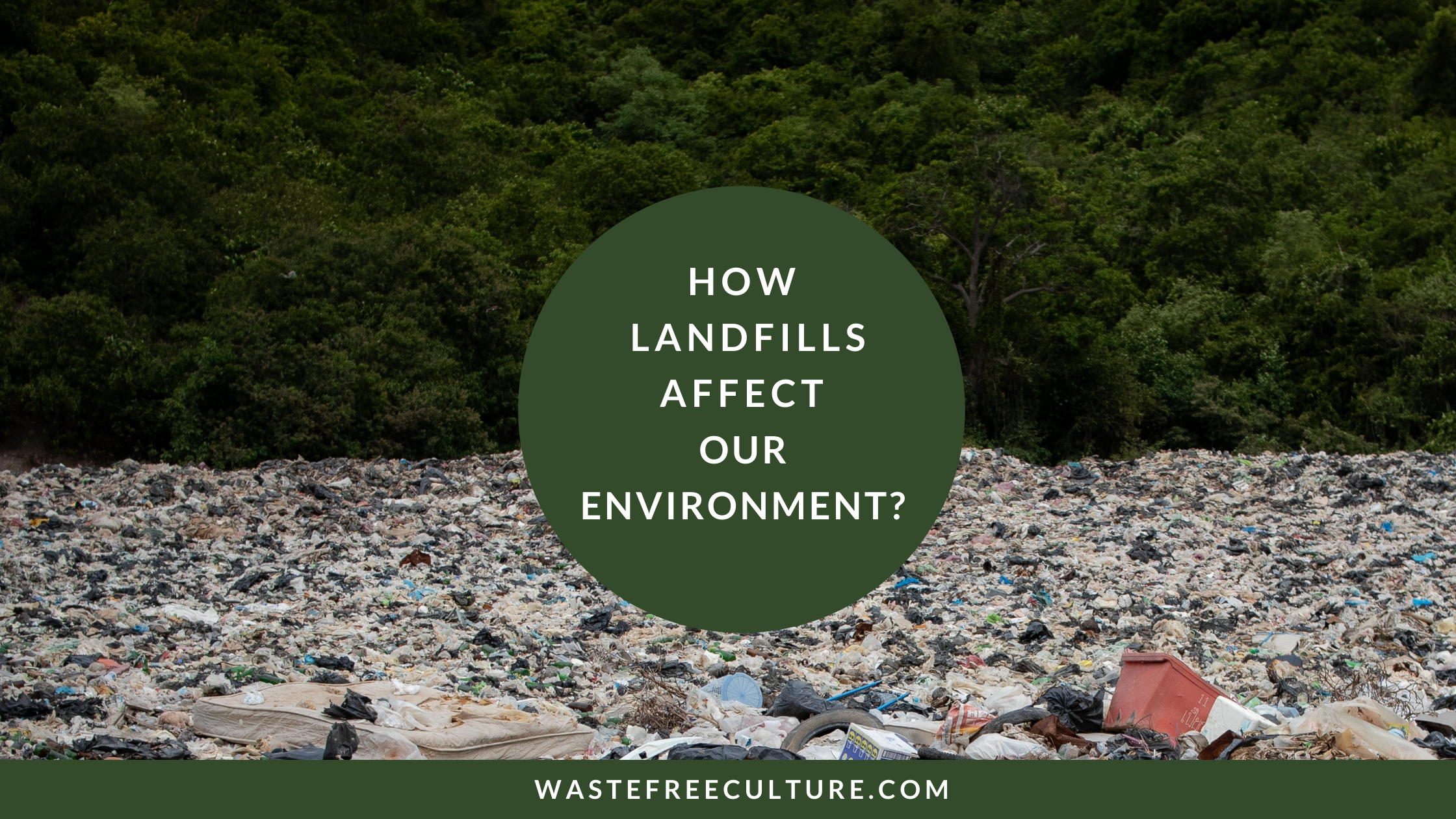Billion metric tons of landfills are produced so far and only a few percentages of it is being recycled or reused properly. These landfills affect our marine system, pollutes our air and affect our groundwater. They release the greenhouse gas that causes global warming. The toxins from the waste enter our food chain which is a serious issue that we should consider.
DISCLOSURE: This post may contain affiliate links, meaning I get a commission if you decide to make a purchase through my links, at no additional cost to you.
Table of Contents
Harmful effects of plastic on the environment:
How plastic affects marine life?
According to EPA, every bit of plastic ever made still exists. The trash which ends in the landfills is either not disposed properly or recycled. Now the landfills travel to the ocean either by humans or wind. Statistics say that by 2050, there will be more plastics than the fish in the oceans.
Birds, fish and other aquatic living creatures ingesting the plastic by mistaking it as their food. This affects their internal organs and they are starved to death. They are entangled by the nets which are thrown by the fishermen and get affected. The other sharp plastics like straws injure them badly and they eventually die in pain. Other statistics say that by 2050, the death rate of sea birds by ingesting plastic will increase from 60% to 90%. Nearly 24,000 tons of plastic are consumed by fish in the North Pacific alone.
Not only plastics but also other waste like cigarette butts, food wrappers, glass and metals affect the livelihood of aquatic creatures.
Pacific Garbage Patch:
This Patch is also known as Pacific Trash gyre situated in the North Central Pacific Ocean. There are 5 patches in total and they are found in the Atlantic and Indian oceans. Among all the 5 patches, this Pacific Garbage Patch is with the highest amount of trash. This is located between Hawaii and California. It covers 1.6 million square kilometres which result in 1.8 trillion pieces.
Microplastics:
Billions of plastic are already ended up in the oceans. Plastics are contacted with the salt in the ocean and the sunlight all the time so these will break into microplastics. They are less than five millimetres in length. So, it is nearly impossible to get rid of them from the water. Again, this enters our food chain which leads to many cancers.
There is a thing called microbeads. They are usually found in beauty and health products as the substitute for natural ingredients. Microbeads are nothing but a plastic made of polyethylene. These toxins not only affects the upper layer but also affects the sea column.
To control this cause, the former President of the United States of America Obama banned these microbeads in the personal care products by signing the act “Microbead-Free Waters Act of 2015” on December 28, 2015.
How is plastic harmful to humans?
Landfills affect our Food chain:
Since these sea creatures are consumed by other mammals or humans, the chemicals like BPA (Bisphenol A), Dioxin, Phthalates, Styrene and Vinyl chloride from the plastics enter our food chain. This pushes us into a situation where even breastfeeding is considered as unsafe. The seafood is now contaminated with Cadmium, Lead and Mercury. So try to avoid them as much as possible as they are highly poisonous to us.
From this, we can understand that the trash affects us more than the way we could ever imagine.
Air pollution:
The overflowing junks in many countries are not treated properly. This increases the landfills and thus results in air pollution. They create a bad odour and affects our atmosphere by spreading bacteria and other micro-organisms. This results in heart disease and other respiratory problems like asthma, chronic bronchitis and emphysema.
Contaminated underground water:
The landfills affect our underground water which is the main source of drinking in many countries. They are also highly used in the irrigation process. These landfills enter the water system and pollute our groundwater. Drinking this contaminated groundwater leads to many diseases. So act wisely.
Global warming:
Nearly, 70% of our household trash is organic. When organic waste is left untreated it should be decayed on its own. This produces a dangerous gas called methane. This gas plays a major role in global warming. FYI, methane is one of the powerful greenhouse gas. So, it is everyone’s duty to compost our organic waste.
Global warming is nothing but the increase in the Earth’s temperature which lasts for the long term. This leads to hurricanes, melting glaciers, rising sea levels. We don’t need them. Due to this, many plants and animals will be extinct.
What you can do to control these raging issues?
- Avoid using single-use disposable plastics which can be used only ones. The items like plastic grocery bags, straws, disposable plastic bottles, cups, containers and cutlery should be avoided. Instead, take them with you which are made of steel.
- Take a reusable bag with you while heading to the grocery or any other store.
- Buy package free items or go for the items whose packing made by the reusable ones.
- Go for the homemade products as much as possible.
- Compost every possible compostable item.
- Recycle and reuse the products which you’re using currently.
- Try to reduce the usage of products.
- While going to the beach make sure not to leave any trash behind you.
Conclusion:
Stop blaming others and take responsibilities on your own. Millions of money spent on these issues and this number will only increase in the future. So, watch your actions. Treat your trash properly by composting, recycling and reusing. It is in our hands to save our Mother Earth from these serious crises.
Scientists have shown our new alarming threat. This is worse. Also, watch this video to understand the seriousness of our current scenario.
You may also read:
Composting at home | How to make compost?
Outdoor composting | types | dos & don’ts
E-waste: Reuse, Repair, Recycle – towards zero waste
What do you do with old plastic? | Zero waste living
Tips to turn waste into something useful at home
11 tips to conserve water at your home
Zero waste hair care routine – Minimalism
Zero waste skincare routine for healthy glowing skin
Get rid of dark circles – Natural & Zero waste way!
Homemade Moisturizers for dry skin in winter
DIY Lip Balm: Natural & Zero Waste
Orange peel powder – DIY, Skin & Hair Benefits
Rose petal powder – DIY, Benefits for skin and hair
Zero waste school supplies and tips
Sustainable fashion Guide | Top 9 Ethical clothing brands
Zero waste Christmas – A sustainability guide
Zero waste valentine’s day ideas
10 easy Zero waste swaps you can make today
DIY Air Fresheners – Zero Waste & Homemade
Natural mosquito repellents that actually works!
Sustainable Alternatives to Tissues
How to use soap nuts for laundry? | 3 different ways
Bio enzyme-All purpose cleaner (DIY, FAQ & Zero Waste)
5 Eco-Friendly Food Storage Containers & Cookware
Follow me in social media:


